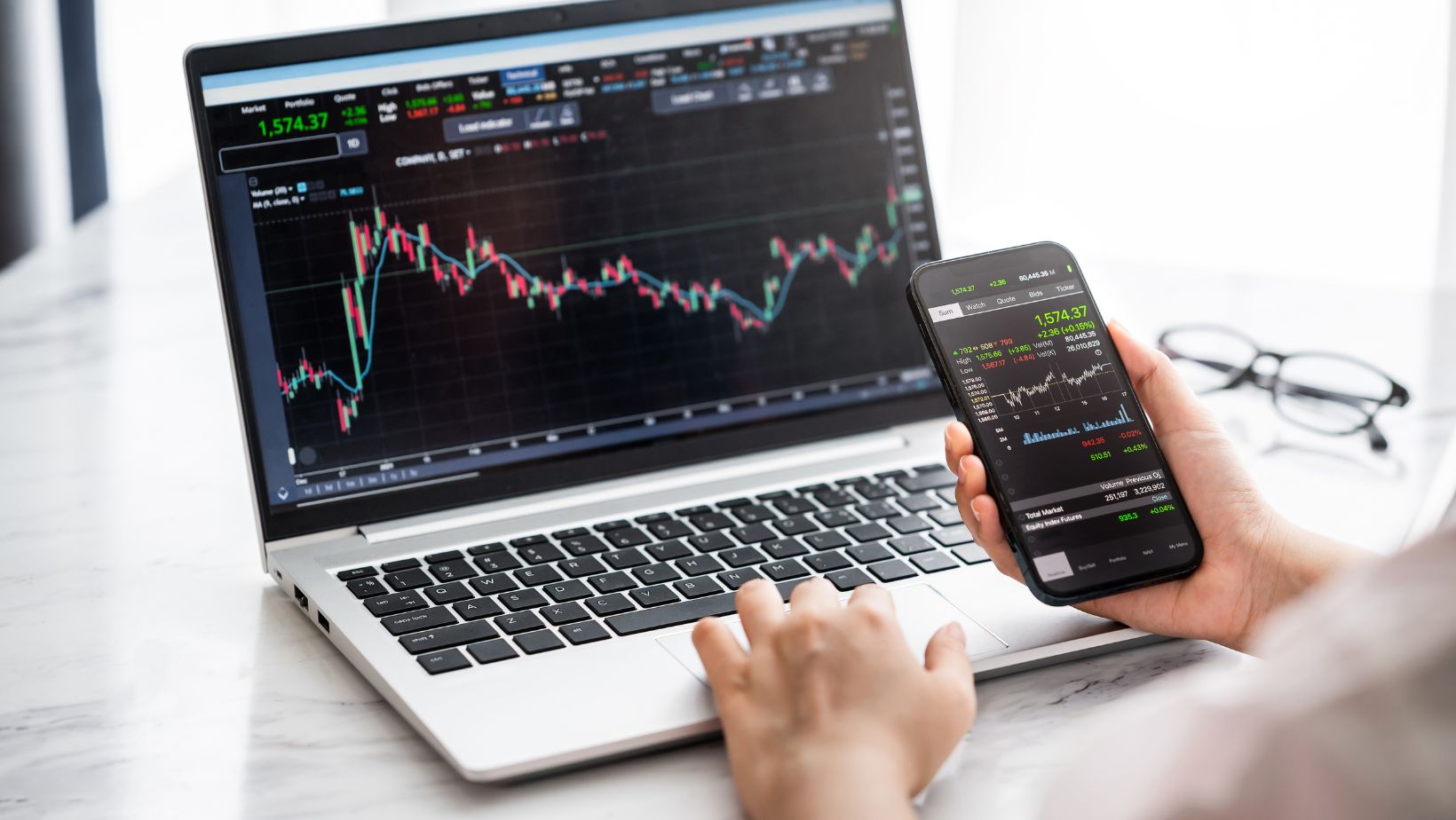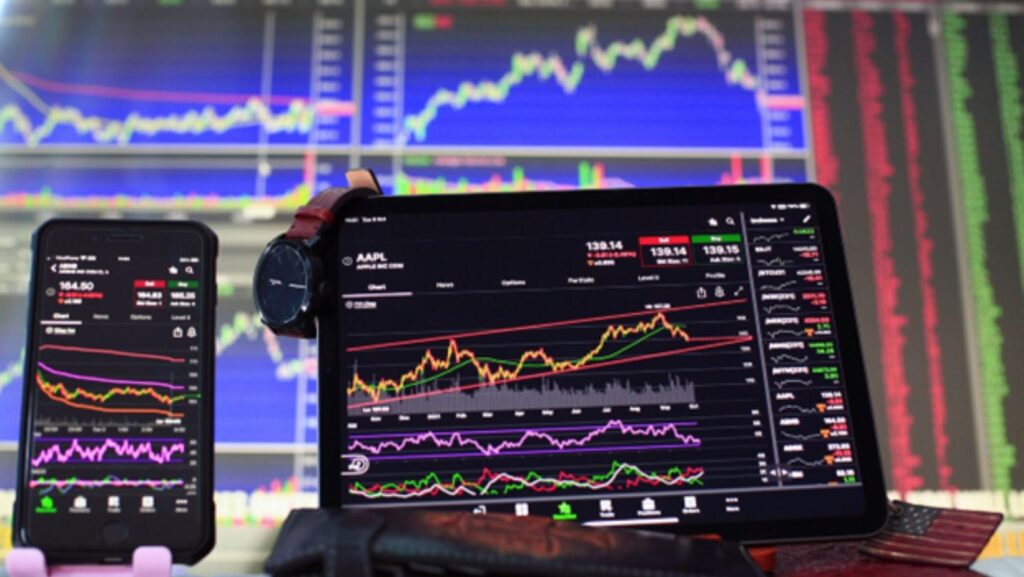Market stability is a key factor that shapes how you approach DeFi trading. When markets are steady, you may find it easier to predict trends, assess risks, and make informed decisions. On the other hand, unstable markets demand a more cautious and adaptive approach.
Stability affects everything from liquidity to price movements, directly impacting your ability to execute successful trades. By understanding these dynamics, you can refine your strategies, minimize risks, and capitalize on opportunities, regardless of the market’s condition. Developing a deeper insight into how stability influences the DeFi space can give you a critical edge in trading.
Influencing Liquidity Availability
Stable markets typically exhibit higher liquidity, which allows trades to be executed quickly and efficiently without causing significant shifts in asset prices. This consistent availability of liquidity ensures that you can enter or exit positions with minimal friction. It reduces the likelihood of slippage, which is a common issue when executing larger trades.
For traders managing substantial investment portfolios or frequent transactions, this stability fosters a seamless trading environment that enhances overall efficiency.
In contrast, unstable markets can see liquidity evaporate. They lead to wider bid-ask spreads, higher transaction costs, and unexpected price changes during trades. These conditions can make it challenging to execute trades at desired prices, particularly during periods of extreme volatility.
Adapting your trading strategies to account for these fluctuations is essential to protect your investments. In such scenarios, crypto market makers play an integral role by providing liquidity and narrowing spreads. They help maintain a more functional trading environment even when the market becomes unpredictable.

Recognizing the impact of liquidity dynamics ensures you can navigate both stable and volatile markets with greater confidence.
Affecting Risk Management Strategies
Predictable price movements in stable markets provide the foundation for confident risk management. Strategies like setting stop-loss orders or determining position sizes become more precise. They reduce exposure to unexpected losses. Stable markets create an environment where calculated decisions can thrive.
Periods of instability demand more dynamic risk management approaches. Heightened volatility increases the likelihood of abrupt price swings. This requires you to closely monitor your positions and adjust strategies as needed. Recognizing these shifts helps preserve your capital and navigate turbulent conditions effectively.
Determining Arbitrage Opportunities
Arbitrage opportunities are influenced directly by market stability. In steady markets, price discrepancies between platforms or exchanges are minimal. This makes arbitrage less attractive and often less profitable. Traders looking for arbitrage must monitor these conditions to identify viable moments.
When markets become unstable, significant price differences can emerge across platforms. These gaps create lucrative opportunities for traders to buy low on one exchange and sell high on another.
Shaping Yield Farming Returns
Consistent returns in yield farming often stem from stable market conditions. The steady value of staked assets ensures that your rewards remain predictable. It provides a dependable source of passive income. This stability reduces the risks associated with token price fluctuations.
Volatile markets introduce uncertainty into yield farming, as rapid changes in token values can affect overall returns. Evaluating market conditions before staking assets helps you mitigate risks and choose platforms that align with your risk tolerance and investment goals.
Impacting Token Price Stability
Token prices tend to move gradually in stable markets, allowing traders to make informed decisions based on predictable trends. This controlled environment supports strategic planning and reduces the likelihood of emotional, reactionary trading.
Unstable markets bring rapid and unpredictable price movements, increasing the chances of significant gains or losses. Monitoring market conditions closely enables you to adjust your strategies and timing to navigate these fluctuations effectively, ensuring better outcomes.
Guiding Investment Diversification
Confidence in market stability often encourages diversification across multiple DeFi projects. Spreading your investments reduces risk and enhances the resilience of your portfolio. It makes it less vulnerable to isolated setbacks.

During volatile periods, concentrating investments in well-established projects can provide a safer approach. Assessing the market’s stability allows you to determine the best diversification strategy. It goes a long way in balancing growth potential with risk management.
Influencing Automated Trading Strategies
Automated trading strategies perform optimally in stable markets where price movements are predictable. Algorithms can efficiently provide liquidity and capitalize on small price spreads without major disruptions. This ensures smooth operation and consistent returns.
Volatile markets pose challenges for automated systems, as rapid price swings can lead to unexpected losses.
Adjusting or pausing automated strategies during such times helps protect your capital and ensures these tools remain effective in the long term. Adapting to market conditions allows you to maintain control and make the most of automated trading in any environment.
Affecting Borrowing and Lending Rates
Borrowing and lending in DeFi are more predictable in stable markets. Consistent interest rates enable better financial planning and strategic decision-making, ensuring reliable returns or manageable costs.
In unstable conditions, rates can fluctuate significantly, creating uncertainty for both lenders and borrowers. Monitoring market stability helps you navigate these challenges and choose the best times to engage in DeFi lending or borrowing. This maximizes benefits while minimizing risks.


